Home>Gardening & Outdoor>Landscaping Ideas>What Do Weeds Look Like In Grass
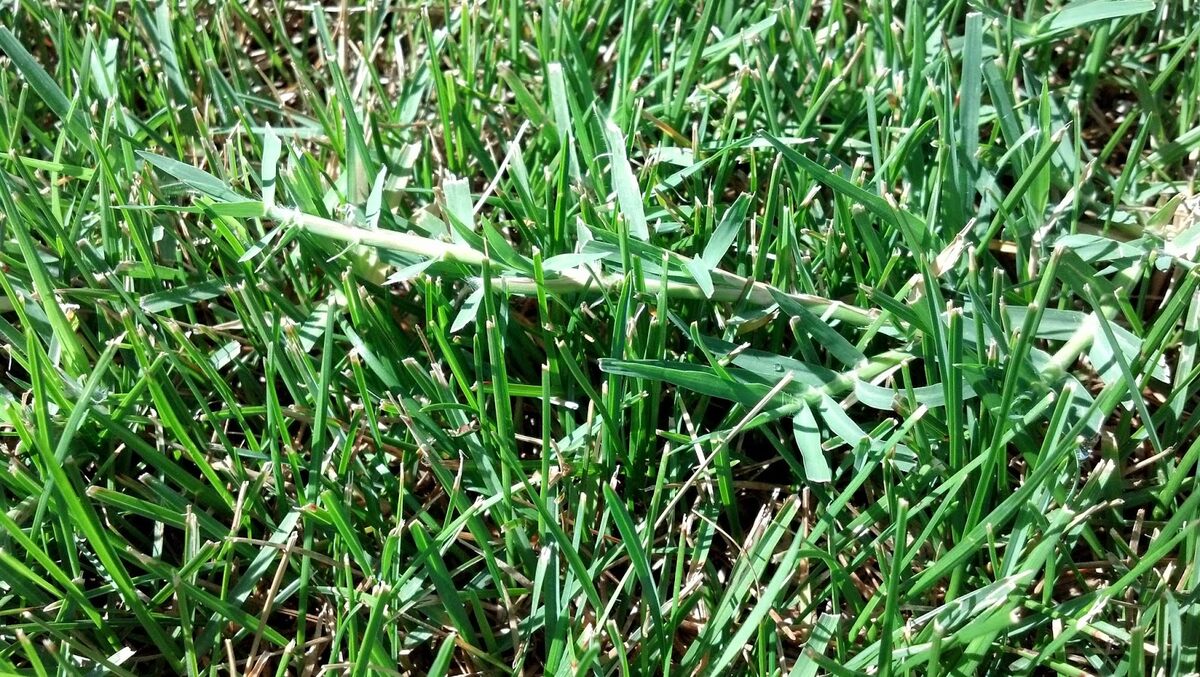

Landscaping Ideas
What Do Weeds Look Like In Grass
Published: January 27, 2024
Learn how to identify and manage weeds in your grass with our expert landscaping ideas. Keep your lawn healthy and weed-free.
(Many of the links in this article redirect to a specific reviewed product. Your purchase of these products through affiliate links helps to generate commission for Storables.com, at no extra cost. Learn more)
Introduction
Weeds are the uninvited guests that often infiltrate our lush green lawns, disrupting the beauty and health of the grass. These unwanted plants not only detract from the aesthetic appeal of the lawn but also compete with the grass for essential nutrients, water, and sunlight. As a result, they can hinder the growth and vitality of the grass, leading to a patchy, unkempt appearance.
Understanding the characteristics of weeds in grass, identifying the common types of weeds, and learning how to effectively manage and control them is crucial for maintaining a vibrant and thriving lawn. By gaining insight into the nature of these intruders and implementing targeted strategies to combat them, homeowners and gardeners can reclaim the beauty and resilience of their grassy landscapes.
In this comprehensive guide, we will delve into the world of weeds in grass, exploring their distinct features, the various types that commonly plague lawns, and the methods for identifying and managing them. By the end of this article, you will be equipped with the knowledge and tools to recognize, address, and prevent the encroachment of weeds, ensuring that your grass remains a picture of health and vitality.
Key Takeaways:
- Weeds in grass can disrupt the beauty and health of the lawn by competing for essential nutrients and sunlight, leading to a patchy, unkempt appearance. Understanding their characteristics and implementing targeted strategies is crucial for maintaining a vibrant and thriving lawn.
- By recognizing the distinct characteristics and growth habits of common weeds, homeowners can develop a keen eye for identifying and managing them effectively. Implementing proactive measures and integrated approaches can help preserve the health and aesthetics of the grassy landscape.
Read more: What Weeds Look Like Grass
Characteristics of Weeds in Grass
Weeds in grass exhibit a range of distinctive characteristics that set them apart from the desired turf. Understanding these traits is essential for effective identification and management. Here are the key characteristics of weeds commonly found in grass:
-
Growth Habit: Weeds in grass often display rapid and aggressive growth patterns, outpacing the surrounding turf. They may spread through creeping stems, underground rhizomes, or prolific seed production, quickly colonizing bare patches and competing with the grass for space and resources.
-
Leaf Shape and Structure: The leaves of weeds in grass can vary widely in shape, size, and texture. Some may have broad, flat leaves, while others feature finely divided or serrated foliage. Additionally, the arrangement of leaves on the stem, such as opposite or alternate, can provide valuable clues for identification.
-
Flowering and Seed Production: Many weeds in grass produce conspicuous flowers and seeds, which contribute to their proliferation. These flowers may exhibit vibrant colors and distinct shapes, serving as prominent indicators of weed presence. Understanding the timing and characteristics of weed flowering can aid in targeted control efforts.
-
Root System: The root systems of weeds in grass can be extensive and resilient, enabling them to thrive in diverse soil conditions. Some weeds develop deep taproots, while others spread horizontally near the soil surface, facilitating rapid expansion and resource acquisition.
-
Adaptability: Weeds in grass often demonstrate remarkable adaptability to environmental stressors, such as drought, heat, or poor soil quality. Their ability to thrive under adverse conditions can pose significant challenges for lawn maintenance and necessitate proactive weed management strategies.
-
Distinctive Features: Certain weeds in grass exhibit unique features, such as thorns, prickles, or milky sap, which can aid in their identification. These distinguishing characteristics contribute to the overall diversity of weed species and require careful observation for accurate recognition.
By familiarizing oneself with these key characteristics, homeowners and gardeners can develop a keen eye for identifying weeds in grass and implement targeted measures to mitigate their impact on the health and appearance of the lawn. Recognizing the growth habits, leaf structures, reproductive mechanisms, root systems, adaptability, and distinctive features of weeds is fundamental to effective weed management and the preservation of a vibrant, weed-free lawn.
Common Types of Weeds Found in Grass
Weeds are a diverse and resilient group of plants that can infiltrate grassy landscapes, posing a persistent challenge to lawn maintenance. Understanding the common types of weeds found in grass is essential for targeted identification and management. Here are some prevalent weed species that frequently encroach upon lawns:
-
Dandelion (Taraxacum officinale): Dandelions are recognizable for their bright yellow flowers and distinctive, deeply toothed leaves. These perennial weeds propagate through wind-dispersed seeds and taproots, often establishing a strong foothold in lawns and competing with grass for resources.
-
Crabgrass (Digitaria spp.): Crabgrass is an annual weed that thrives in bare or thin areas of the lawn, particularly in warm-season grasses. Its low-growing, spreading habit and wide leaf blades make it a conspicuous intruder, capable of rapidly colonizing open spaces and forming dense patches.
-
Clover (Trifolium spp.): Clover is characterized by its trifoliate leaves and clusters of white or pink flowers. This resilient perennial weed is adept at fixing nitrogen in the soil, but its presence in the lawn can disrupt the uniformity of the grass and create an uneven texture.
-
Broadleaf Plantain (Plantago major): Broadleaf plantain is a common broadleaf weed with distinctive oval leaves and tall, slender flower spikes. Its ability to thrive in compacted soils and withstand foot traffic makes it a persistent nuisance in lawns, often appearing in areas with poor drainage.
-
Chickweed (Stellaria media): Chickweed is a low-growing, mat-forming annual weed with small, star-shaped white flowers. Its ability to thrive in cool, moist conditions makes it a common sight in lawns, where it can quickly spread and form dense patches, particularly in shaded areas.
-
Creeping Charlie (Glechoma hederacea): Also known as ground ivy, creeping Charlie is a fast-spreading perennial weed with scalloped, kidney-shaped leaves and bluish-purple flowers. Its aggressive growth habit and ability to form dense mats can smother grass and create unsightly patches in the lawn.
-
Annual Bluegrass (Poa annua): Annual bluegrass, despite its name, can behave as both an annual and perennial weed, depending on environmental conditions. Its fine texture and prolific seed production enable it to infiltrate lawns and compete with desirable grass species, often creating a mottled appearance.
By familiarizing oneself with these common types of weeds found in grass, homeowners and gardeners can develop a nuanced understanding of the diverse intruders that threaten the health and aesthetics of their lawns. Recognizing the distinct characteristics and growth habits of these prevalent weed species is instrumental in implementing targeted control measures and preserving the vitality of the grassy landscape.
Identifying Weeds in Grass
Identifying weeds in grass is a fundamental aspect of effective lawn maintenance, enabling homeowners and gardeners to discern between desirable turf and intrusive plant species. By honing the ability to recognize the distinct characteristics and growth patterns of weeds, individuals can implement targeted strategies to mitigate their impact and preserve the health and aesthetics of the lawn.
One of the primary methods for identifying weeds in grass involves closely observing the growth habits and leaf structures of the plants. Weeds often exhibit rapid and aggressive growth, outpacing the surrounding grass and forming dense patches or clusters. Their leaves may vary widely in shape, size, and texture, with some featuring broad, flat leaves, while others display finely divided or serrated foliage. By comparing the leaf structures of suspected weeds to those of the desired grass species, homeowners can discern the presence of intruders and take appropriate action.
Furthermore, the flowering and seed production of weeds serve as prominent indicators for identification. Many weeds in grass produce conspicuous flowers with vibrant colors and distinct shapes, followed by prolific seed production. By familiarizing themselves with the timing and characteristics of weed flowering, individuals can pinpoint the presence of specific weed species and devise targeted control measures to prevent further proliferation.
The root systems of weeds also offer valuable clues for identification, as some weeds develop deep taproots, while others spread horizontally near the soil surface. By carefully examining the root structures of suspected weeds, homeowners can gain insights into their resilience and adaptability, informing the selection of appropriate management techniques.
Additionally, the adaptability of weeds to environmental stressors, such as drought, heat, or poor soil quality, can aid in their identification. Observing how certain plants thrive under adverse conditions can provide crucial information for distinguishing weeds from the desired grass and devising tailored approaches for weed control.
By paying close attention to these key identifying factors, individuals can develop a keen eye for discerning weeds in grass and take proactive steps to manage their presence effectively. This heightened awareness and observational acumen empower homeowners and gardeners to uphold the integrity and beauty of their grassy landscapes, ensuring that weeds do not overshadow the vibrancy and health of the lawn.
Impact of Weeds on Grass
Weeds can exert a multitude of detrimental effects on the health, appearance, and resilience of grass, significantly impacting the overall vitality of the lawn. Understanding the profound implications of weed infestation is crucial for homeowners and gardeners seeking to maintain a lush, thriving grassy landscape.
First and foremost, weeds compete vigorously with the desired grass species for essential resources, including nutrients, water, and sunlight. Their rapid growth and prolific reproductive strategies enable them to outcompete the grass, leading to nutrient depletion and reduced access to vital resources. As a result, the grass may struggle to establish and maintain healthy growth, ultimately compromising its ability to form a dense, uniform turf.
Moreover, the presence of weeds can disrupt the visual appeal and uniformity of the lawn, creating unsightly patches, irregular growth patterns, and an overall unkempt appearance. The intrusion of weeds can detract from the aesthetic charm of the grass, diminishing its lush green expanse and creating a visually disjointed landscape. This can be particularly pronounced in the case of broadleaf weeds, which stand out conspicuously amidst the grass, marring its pristine appearance.
Furthermore, certain weed species can introduce allergens and irritants into the lawn environment, potentially triggering allergic reactions in humans and pets. For instance, the pollen produced by certain weeds, such as ragweed, can exacerbate seasonal allergies, posing a health concern for individuals who frequent the outdoor space. Additionally, weeds with thorns, prickles, or abrasive textures can create discomfort for individuals walking or playing on the lawn, detracting from the enjoyment and usability of the outdoor area.
In addition to these direct impacts, the presence of weeds in grass can also undermine the long-term resilience and sustainability of the lawn. Weeds may alter the soil composition and structure, leading to imbalances in microbial activity and nutrient cycling. This can compromise the overall health of the grass and render it more susceptible to environmental stressors, pest infestations, and disease outbreaks.
By recognizing the multifaceted impact of weeds on grass, homeowners and gardeners can appreciate the urgency of implementing effective weed management strategies. Proactive measures to control and mitigate weed infestation are essential for preserving the health, aesthetics, and functionality of the lawn, ensuring that the grass remains a vibrant and inviting centerpiece of the outdoor environment.
Read more: What Does Weed Grass Look Like
Controlling and Managing Weeds in Grass
Effectively controlling and managing weeds in grass is essential for preserving the health, beauty, and resilience of the lawn. By implementing targeted strategies and integrated approaches, homeowners and gardeners can mitigate weed infestation and foster a vibrant, weed-free grassy landscape.
Cultural Practices
Cultural practices play a pivotal role in weed management, promoting the vigor and competitiveness of the desired grass species. Regular mowing at the appropriate height for the specific grass type can help shade out weed seedlings and prevent their establishment. Additionally, proper irrigation and fertilization practices can bolster the health of the grass, enabling it to outcompete weeds and form a dense, robust turf.
Manual Removal
Hand-pulling weeds, particularly perennial varieties with deep taproots, can be an effective method for controlling localized infestations. This targeted approach allows for the precise removal of weeds without disturbing the surrounding grass. It is important to ensure that the entire root system is extracted to prevent regrowth.
Mechanical Control
Mechanical methods, such as dethatching and aerating the lawn, can help reduce weed pressure by improving air circulation, water penetration, and nutrient availability for the grass. Additionally, using a dethatching rake or mechanical dethatcher can dislodge and remove weed seedlings and shallow-rooted intruders, promoting a healthier grass stand.
Read more: What Do Grass Chiggers Look Like
Chemical Control
Selective herbicides formulated for specific weed types can be employed to target persistent or widespread infestations. These herbicides are designed to effectively control weeds while minimizing harm to the desirable grass species. It is crucial to carefully follow application instructions and consider environmental factors when using herbicides.
Preventive Measures
Implementing preventive measures, such as overseeding with high-quality grass seed, can help fill in bare patches and compete with weed seedlings. Creating optimal growing conditions for the grass, including proper soil pH and fertility, can fortify its resilience against weed encroachment.
Integrated Approach
Combining multiple control methods in an integrated approach can yield comprehensive and sustainable weed management. By integrating cultural practices, manual removal, mechanical control, chemical treatments, and preventive measures, homeowners can address weed infestations from various angles, minimizing reliance on any single method and promoting long-term success.
By adopting a proactive and multifaceted approach to weed management, homeowners and gardeners can safeguard the health and aesthetics of their grassy landscapes, ensuring that the lawn remains a flourishing expanse of vibrant greenery, free from the encroachment of unwanted weeds.
Frequently Asked Questions about What Do Weeds Look Like In Grass
Was this page helpful?
At Storables.com, we guarantee accurate and reliable information. Our content, validated by Expert Board Contributors, is crafted following stringent Editorial Policies. We're committed to providing you with well-researched, expert-backed insights for all your informational needs.
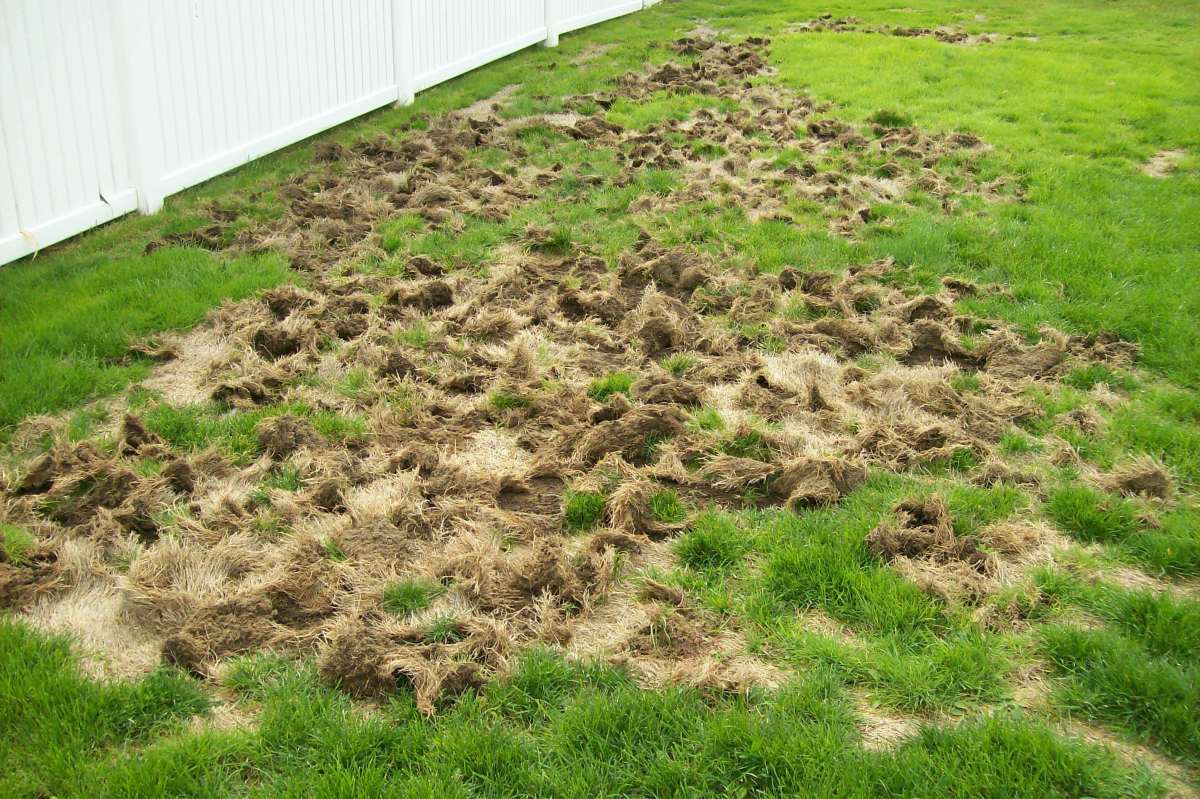
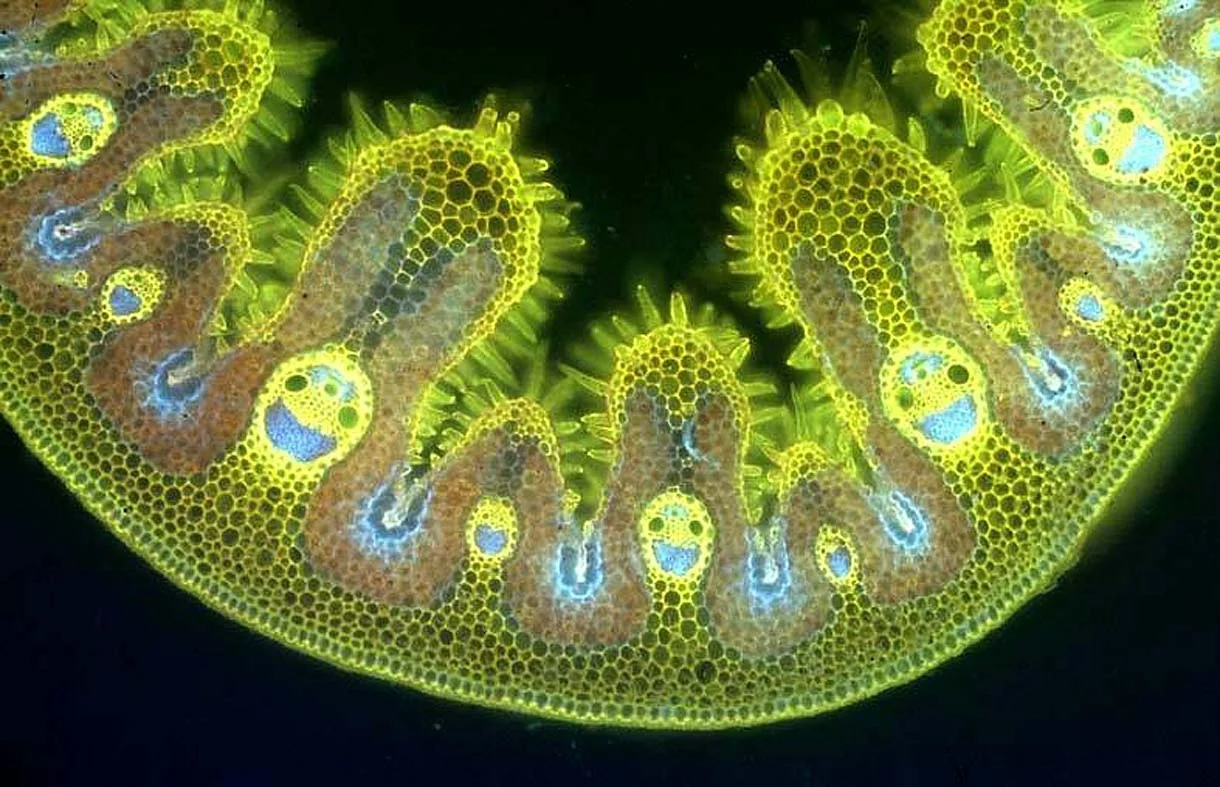
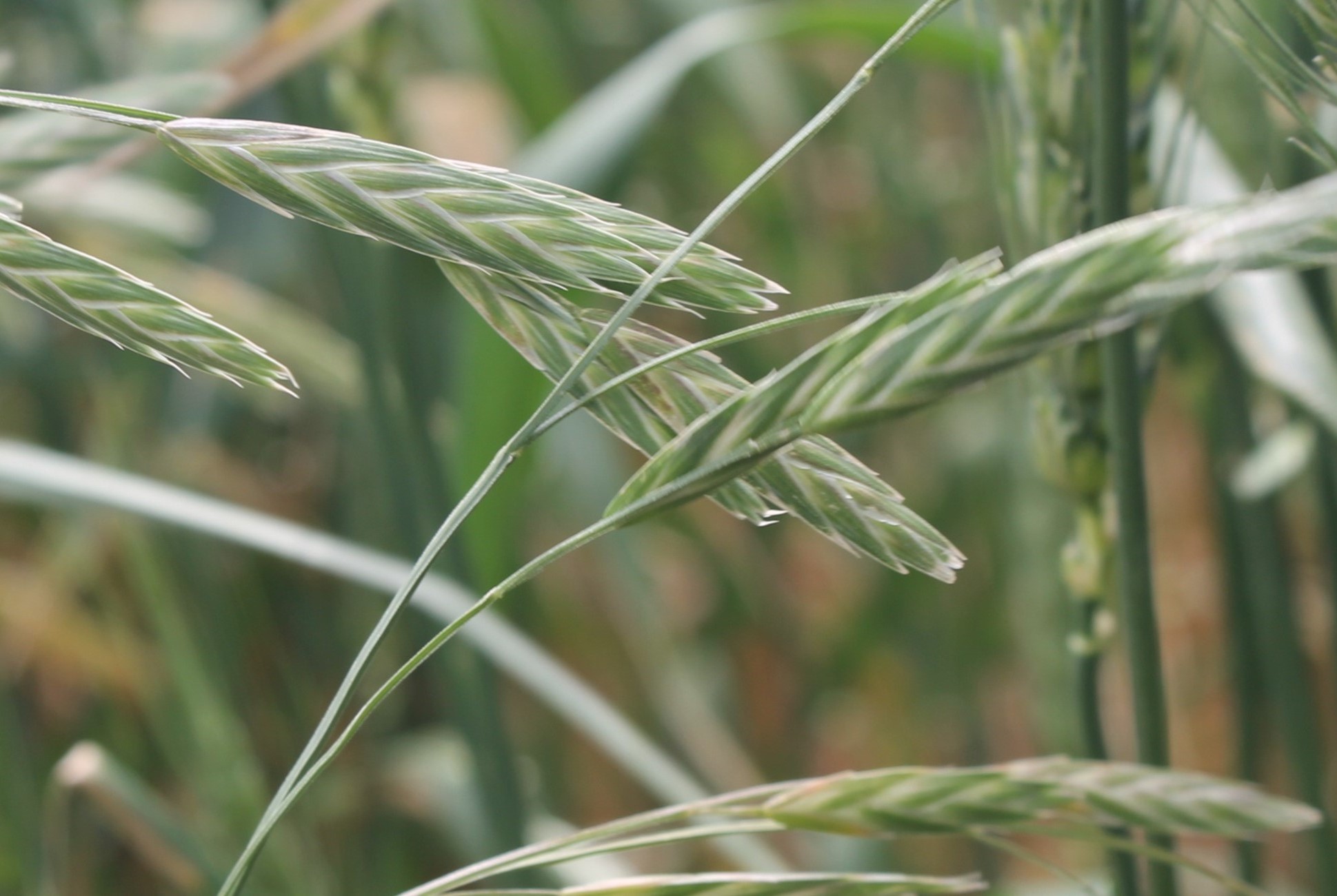

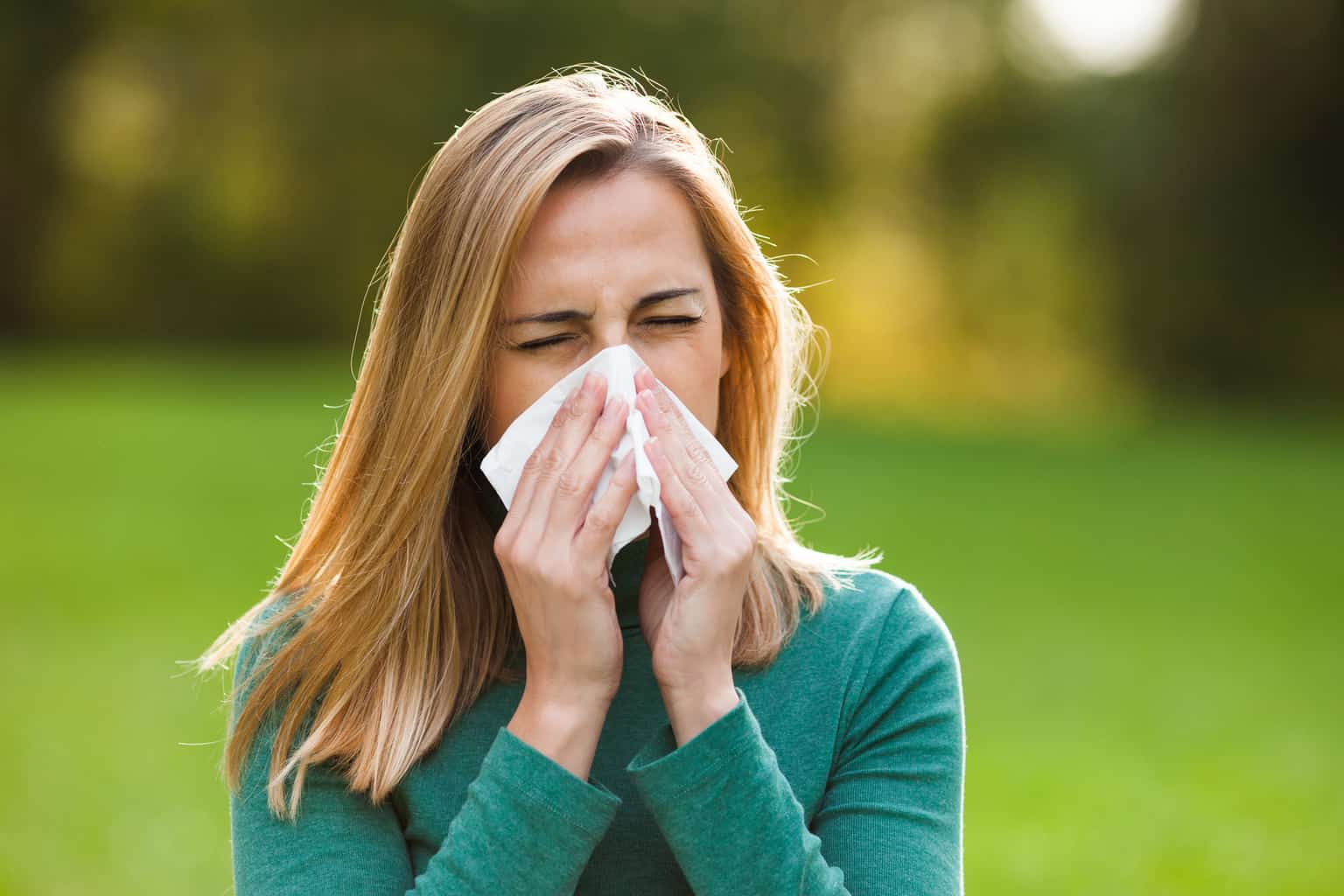
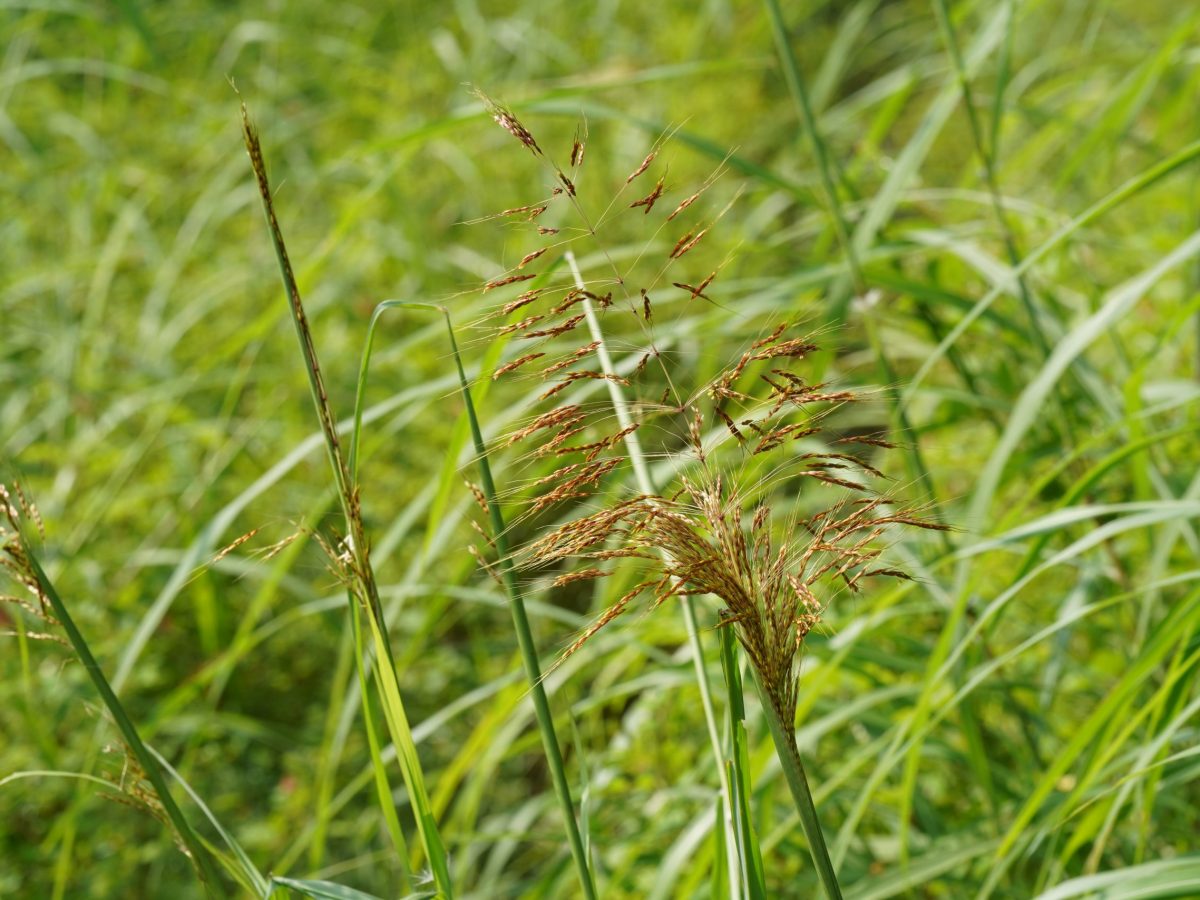
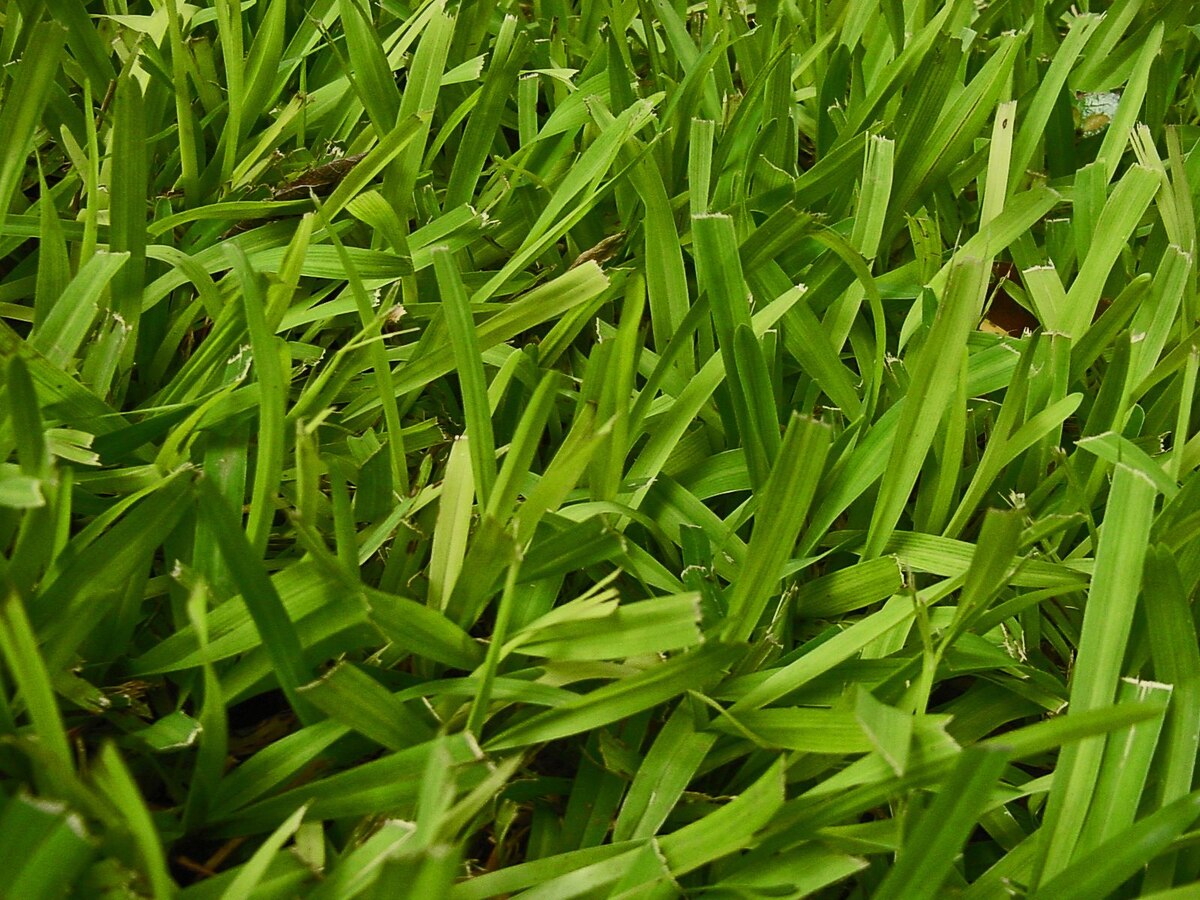
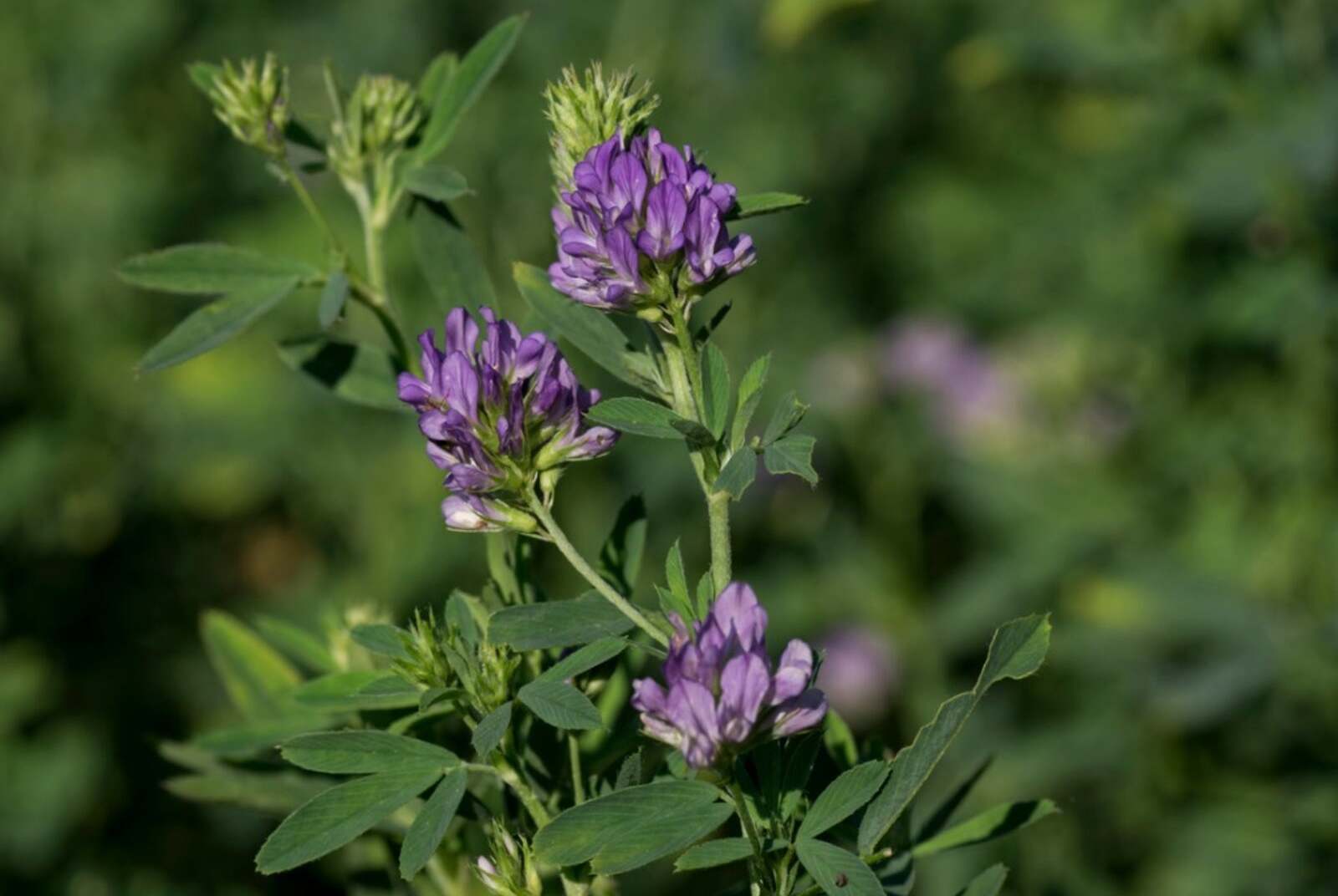
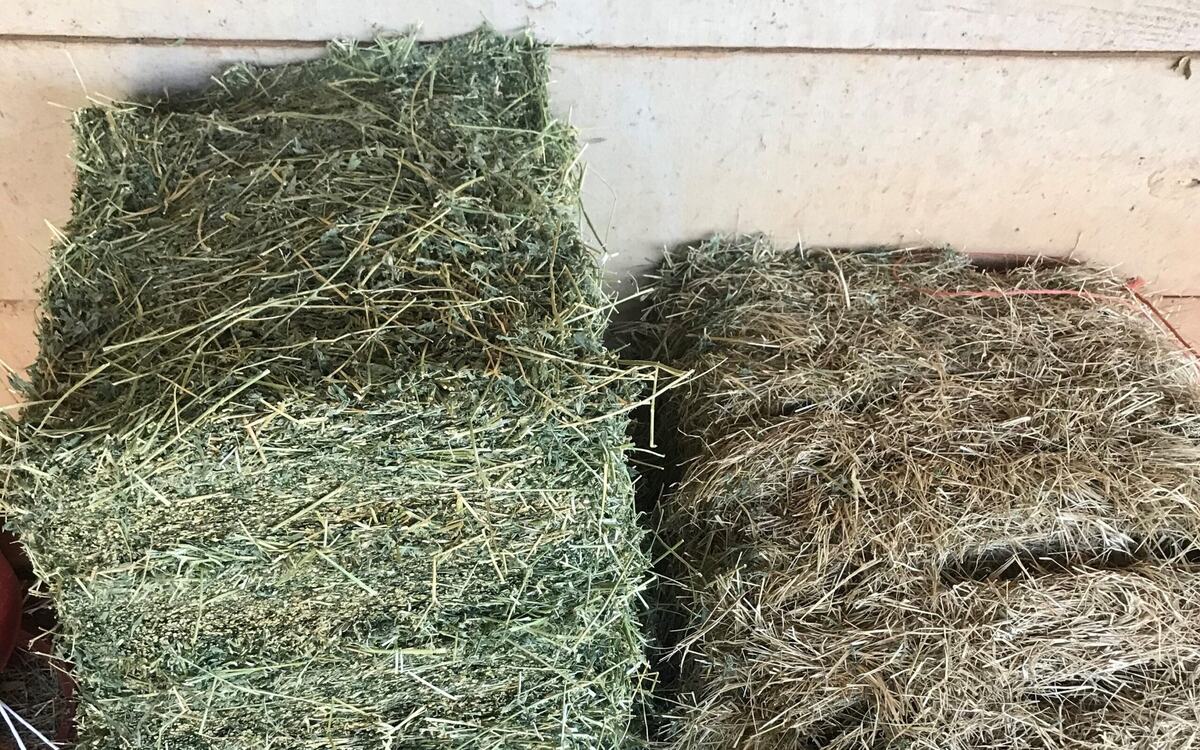
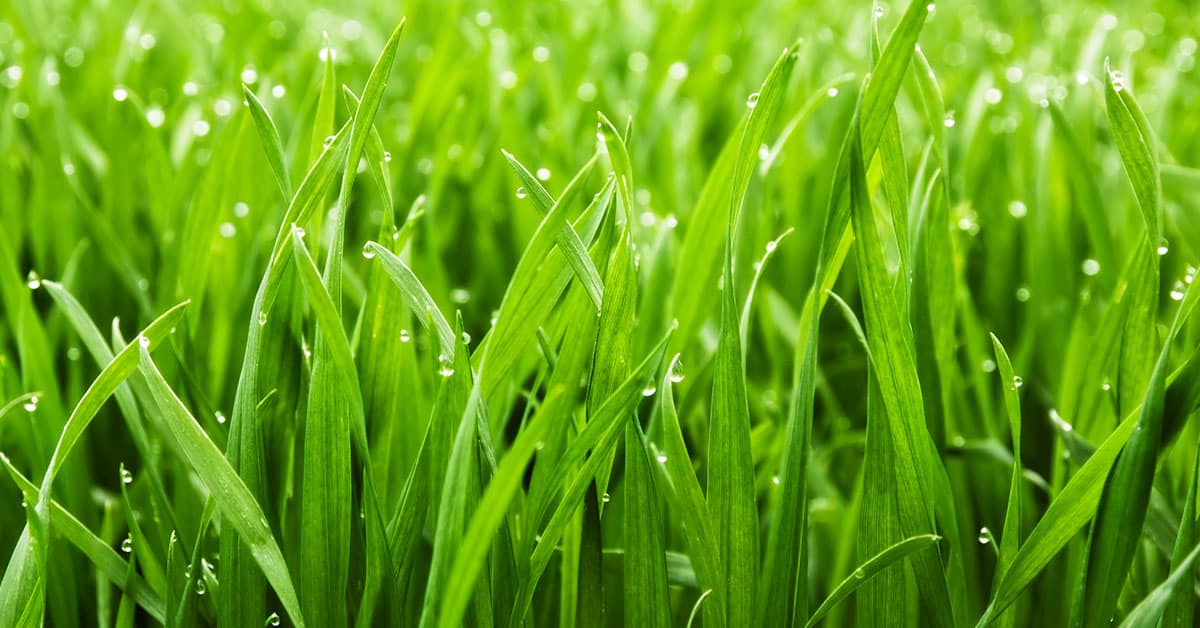
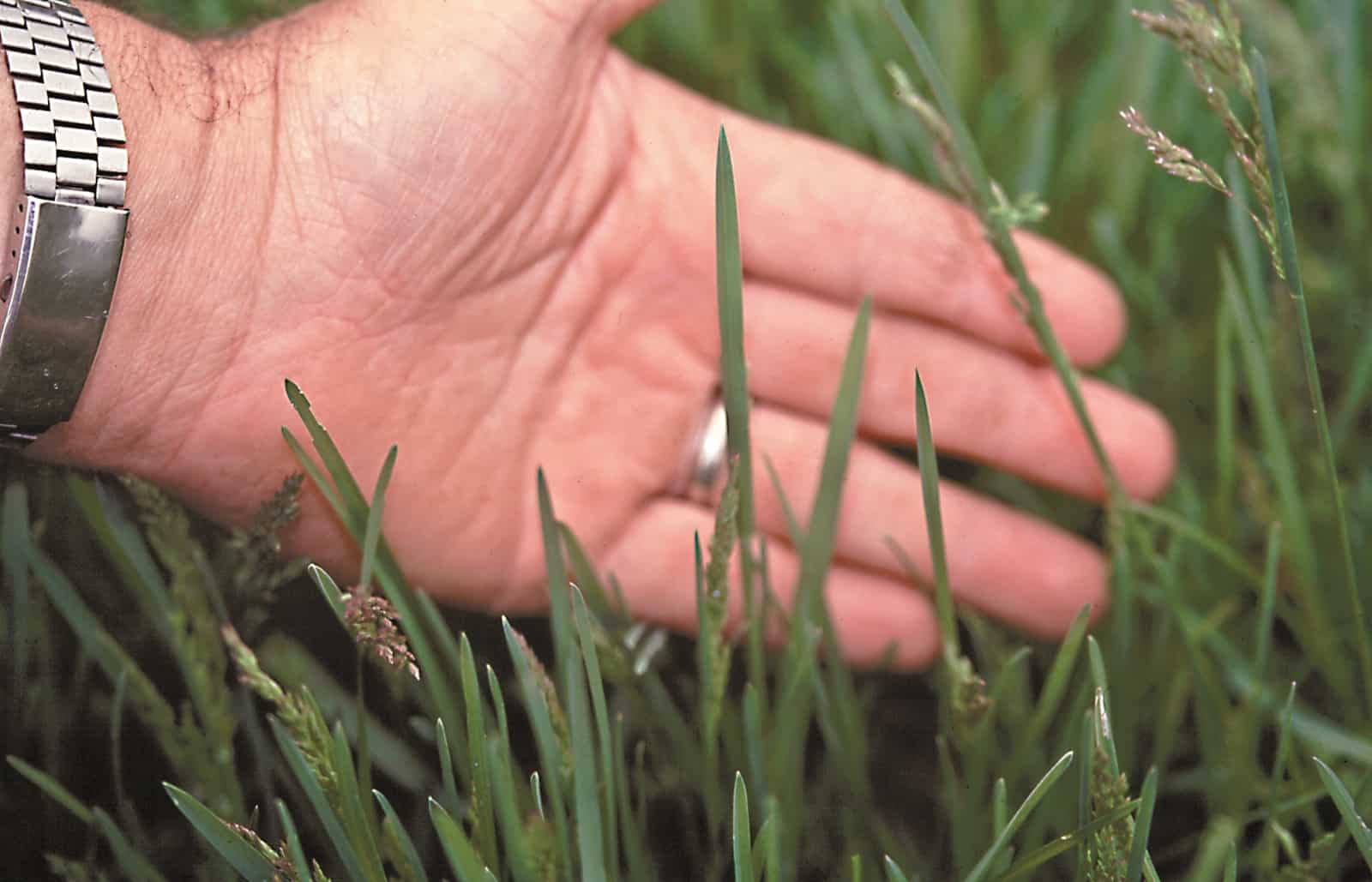
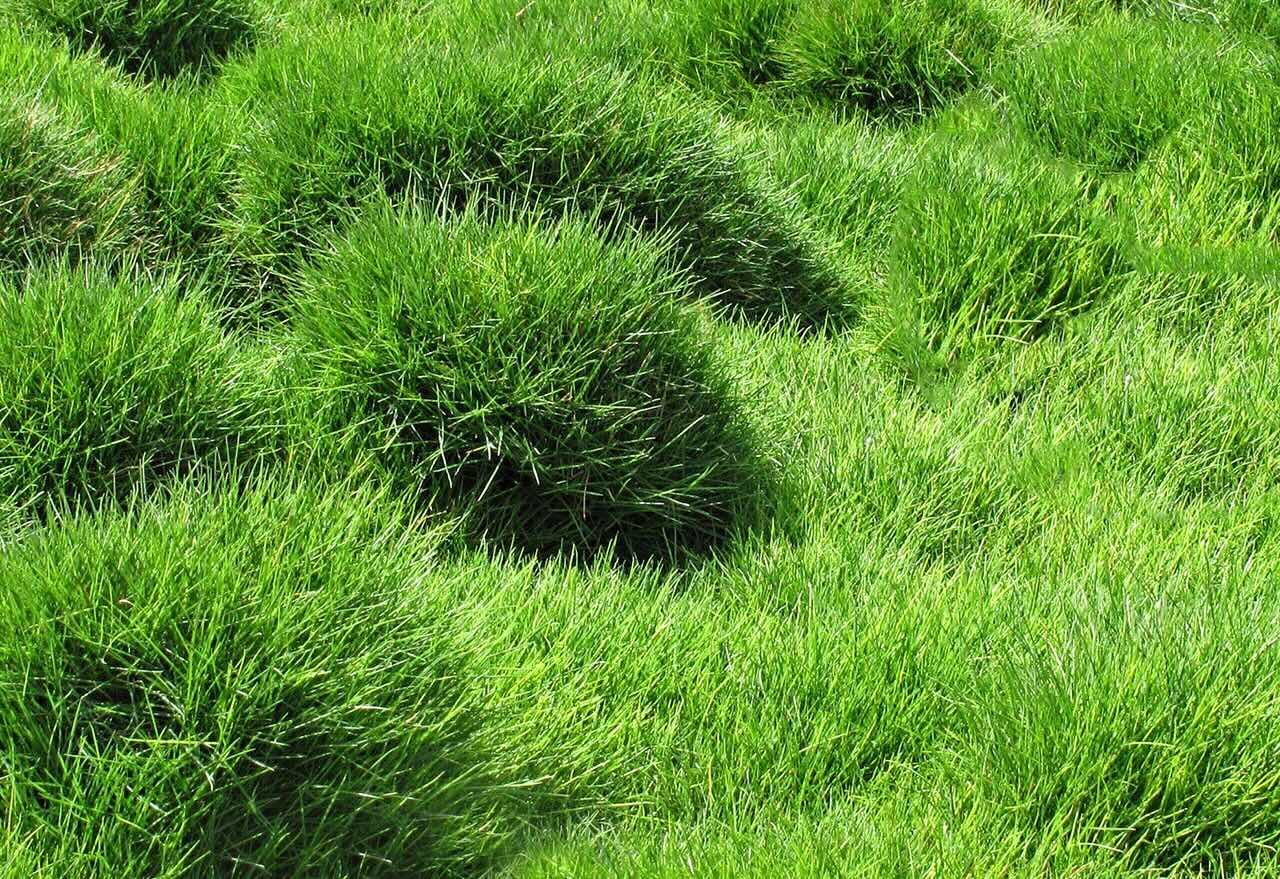
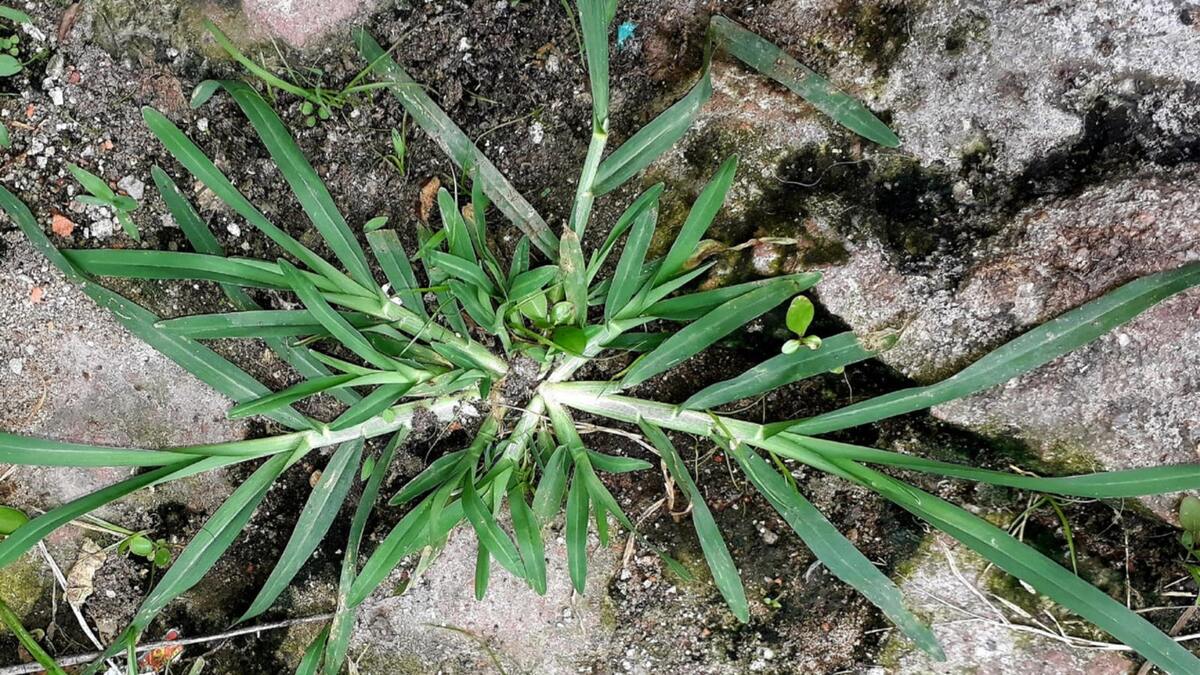

0 thoughts on “What Do Weeds Look Like In Grass”